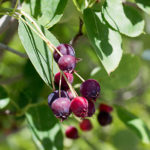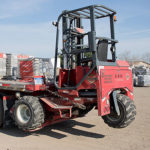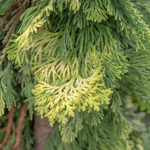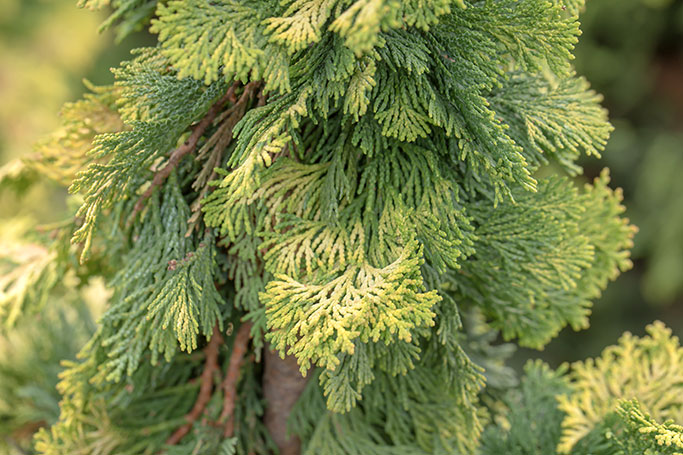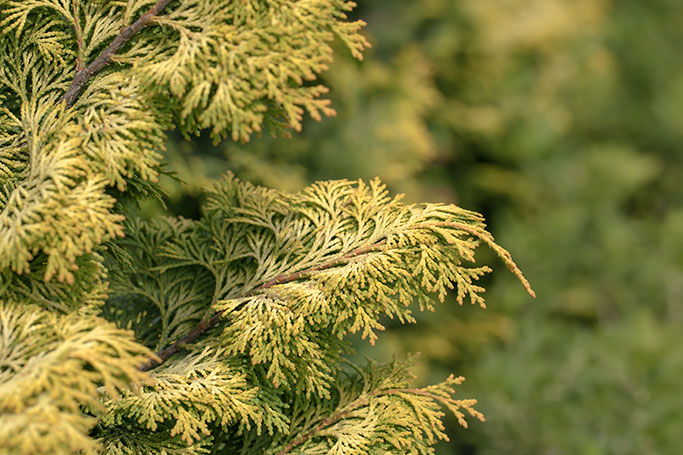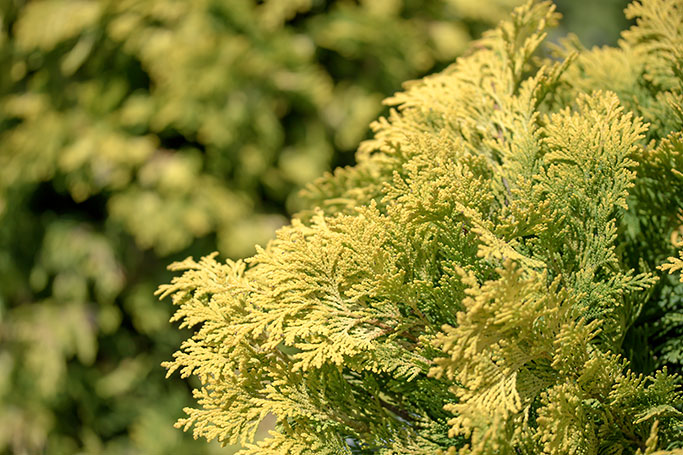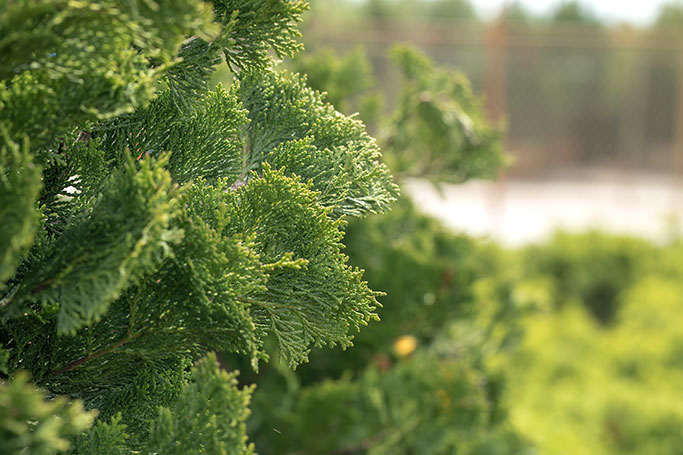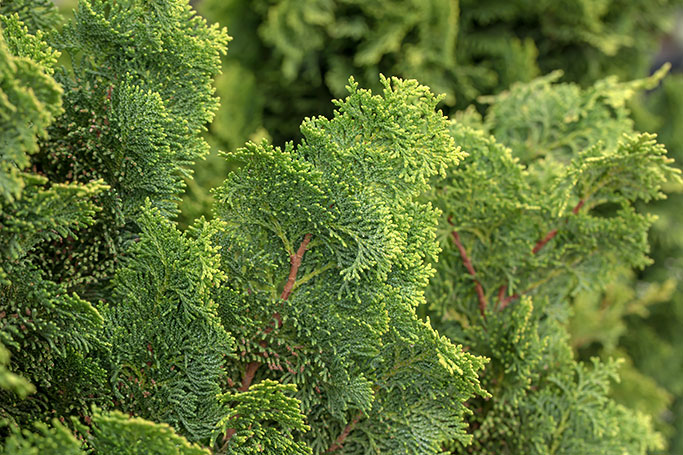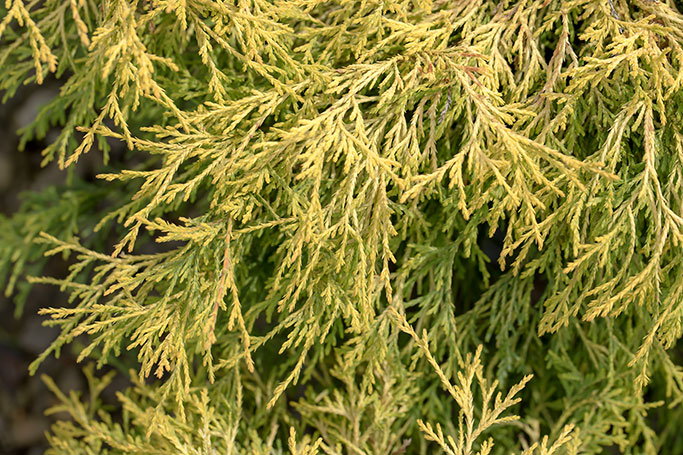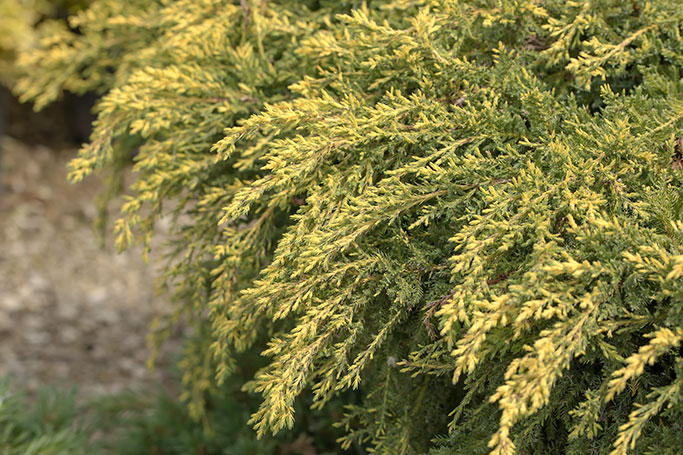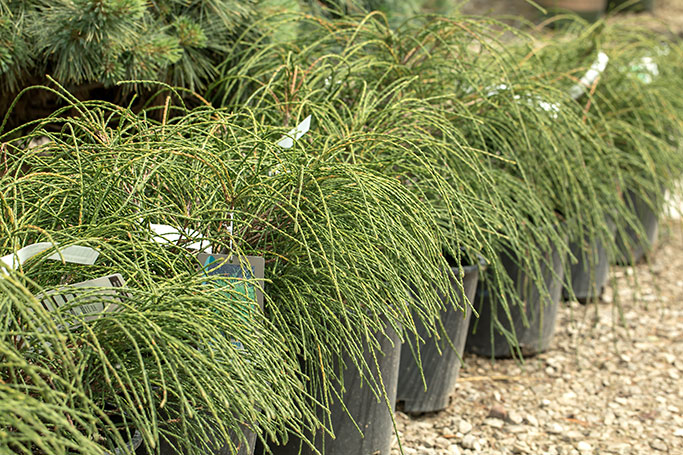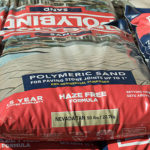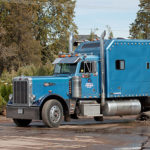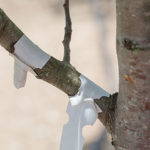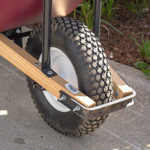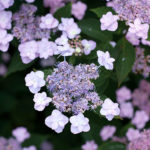How to shear boxwood and yew
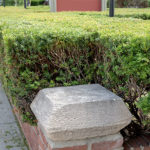
People are always asking me about the best time to prune the shrubs they've installed or are maintaining. For flowering shrubs the answer is easy - prune right after they’re done blooming. Late pruning in this case is bad since you’re removing the next season's flower buds and most of your clients would not be happy about that.
Boxwood (Buxus) and yew (Taxus) are a little different as flowers are not necessary or desired. First and foremost, always use very sharp pruners or shears, to make the pruning easier and reduce damage to the plant. To maintain trimmed forms and hedges you ideally need to shear twice a year. Once in late May or early June after the initial foliar flush, and then a second time around August. This causes the formation of lateral buds which help maintain denser growth.
Keep in mind that shearing a plant to the same exact size every year causes the outside of the plant to become very dense, leaving the interior bare. Allowing for a slight increase helps delay the need for an extreme renewal pruning or plant replacement. Try not to prune during a drought period, and to prevent foliar freezeback pruning should never occur in late fall or winter. If you’re only going to shear once a year, try to do it around August.
When shearing hedges, taper them so that the top is narrower than the bottom, so all sides will be exposed to sunlight. This will give you a slightly pyramidal shape. Avoid at all cost the inverted pyramid look, as this even further screens sunlight and eventually kills the bottom.
Both boxwood and yew are very tolerant of shearing and with proper technique will remain attractive and functional in the landscape for many years.






